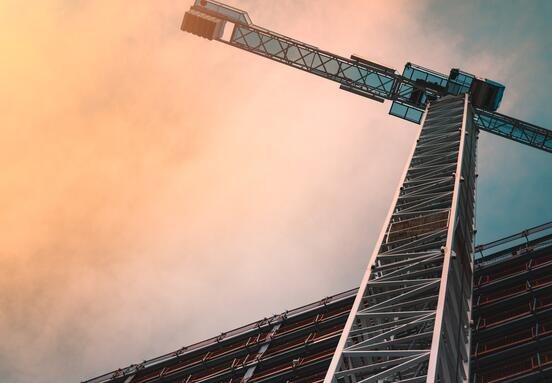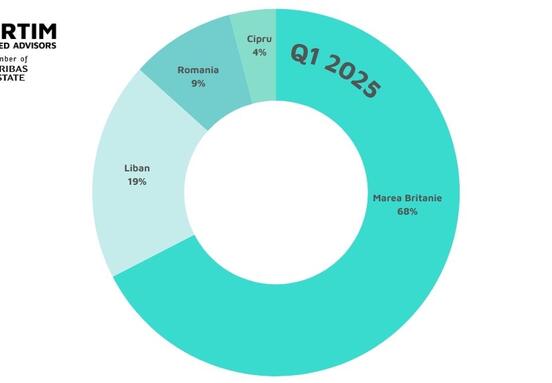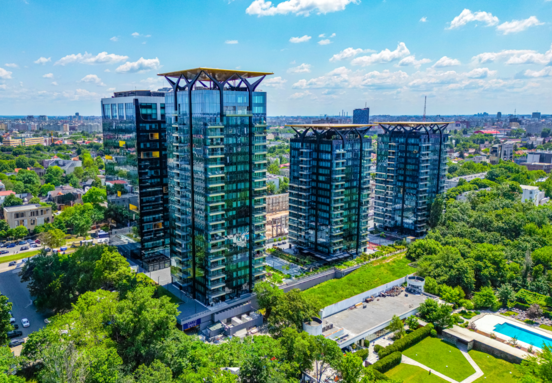Thus, tax differentiation is eliminated depending on the type of owner – natural or legal person.
Although there are still unclear elements regarding the manner of application, it seems to be a certainty that there will be an increase or, at best, in exceptional situations, the same tax as in 2022 will be applied.
The maximum tax rate is eliminated
Currently, tax rates have maximum values - 0.2% for residential buildings and 1.3% for non-residential buildings - with local authorities having the possibility to apply higher tax rates, but which cannot exceed the maximum limit by more than 50%
Starting next year, building tax will be differentiated only according to the nature of the building, and the minimum rates will increase, with no longer a maximum threshold. For residential buildings, the minimum rate will be 0.1%, and for non-residential buildings, 0.5%. Therefore, it will be at the discretion of the local authorities the amount of the tax rates, each local administration in the country being able to choose a tax rate according to its own needs.
How will the taxable value of buildings be calculated?
Currently, the taxable value of a building is determined differently depending on the type of owner and the nature of the building. More precisely, in the case of a residential building owned by a natural person, this value is calculated according to the area in which it is located, the type of construction and certain coefficients provided for in the legislation. For a legal person, regardless of the type of building, the value is determined according to the final estimate of the construction works, the purchase price or the value from the last evaluation report drawn up by an authorized appraiser.
Starting next year, regardless of the type of owner or the nature of the building, the taxable value of a property will be determined according to the data contained in the market studies administered by the National Union of Notaries Public in Romania, also known as "notary grids" . In addition, to the value of the building will be added the value of the land on which it is built, taken from the same studies. As an exception, if the values from these studies are lower than the current ones, from the local authorities' database, respectively those determined according to the rules in force on December 31, 2022 for residential buildings, the tax for the year 2023 will be calculated taking into account the value bigger.
Thus, in principle, the tax on buildings will increase from next year, both for individuals and for legal entities, and, only in certain exceptional cases, it will remain unchanged compared to 2022.
For example, for a three-room residential apartment in Bucharest, built after 2011, in the Politehnica metro station area, if the same rate of 0.1%, valid this year, is applied, the tax will increase next year by the a little 50%, from 250 lei per year, to approximately 375 lei, using the value from the notary grids. But an accurate estimate will be possible only after the applicable tax rate for 2023 is announced.
For companies that own shopping centers or office buildings there will be increases in the building tax, but in the case of commercial buildings, as a rule, the tax is a cost transferred to the tenants.
In conclusion, the decision of each local authority regarding the tax rate and the reporting of real estate properties to the notary grids is awaited, in order to determine an estimated cost with the tax starting in 2023.
Opinion material by Ana Petrescu-Mujdei, Senior Manager, Direct Taxation, Deloitte Romania







